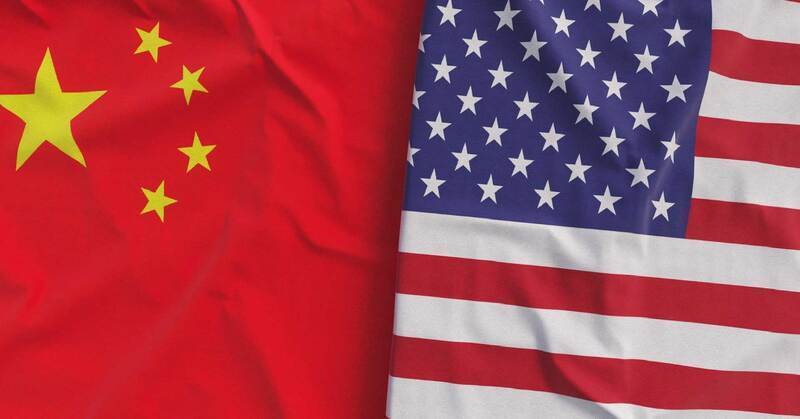
What you need to know to protect your intellectual property rights in China
China’s intellectual property rights are getting stronger. Learn how to protect your intellectual property rights in China with our three best tips.
China-based manufacturers have been violating Western intellectual property rights for years.
According to a 2011 report by the US International Trade Commission, this infringement usually happens to big companies, but smaller firms have also been affected. Among the losses they incurred as a result of IPR [intellectual property rights] infringement in China, copyright infringement was the biggest monetarily, and trademark infringement was the most widespread, the report said.
Over the years, news reports and blogs have highlighted the problem.
Knock-offs are sometimes made by factories that see something popular online (or even on Kickstarter) and make the product quickly to capitalize on its popularity, but sometimes they’re made by the same factories western companies outsource their production to.
Jack Ma, the founder of Alibaba, the world’s largest retailer and e-commerce company, admitted as much in 2016.
“The problem is fake products today are better quality and cheaper than the real ones,” he told investors. “They use exactly the same factories and raw materials, but they don’t use the names.”
He also said he wanted to stop fake products.
The ongoing trade war between the US and China is partly about intellectual property rights, with the US accusing Chinese companies of repeatedly stealing American companies’ intellectual property.

Previously, foreign companies have complained about Chinese courts being biased against them when it came to protecting their IP.
But things are changing, as China puts more protection in place, and improves enforcement as well. In 2014, it passed a new trademark law. Among other things, this law increased the maximum statutory damages for trademark infringers.
In the same year, Beijing, Guangzhou, and Shanghai set up their own courts. Early this year, Nanjing, Suzhou, Chengdu and Wuhan launched specialised intellectual property tribunals.
China has changed regarding intellectual property rights protection with the landmark New Balance verdict of 2017, which concerned trademark infringement by Chinese companies against the American sports shoe company.
There were several companies with names like New Boom, New Barlun, and New Bunren using New Balance’s trademark ‘N’ logo on sports shoes. As a result, the Suzhou Intermediate People’s Court ruled in New Balance’s favor, asking the infringing companies to pay $1.5 million in damages and legal fees. If this ruling had come a decade or more earlier, it would have been tough.
Despite these advances, China still infringes on intellectual property rights. Therefore, companies that outsource to China must protect their interests. Here are three ways to do it.
- Three tips for protecting your intellectual property rights in China
#1 Register your intellectual property rights in China
Before you start manufacturing in China, you should register your trademarks, design patents, and copyrights.
Several lawyers have pointed out that American or European companies often violate Chinese intellectual property laws because they don’t understand them.
In China, the first company to file a trademark gets that trademark; it doesn’t matter where it’s registered. In other words, if a Chinese company registers your trademark in China without your permission, your products could be detained at ports for violating that company’s trademark.
This is why you should file for intellectual property protection in China before signing any deals with your Chinese manufacturer. It’s cheaper than fighting the infringers in court later or paying them to give up their rights to your trademark.
#2 Make sure you work with reputable companies
Over the years I’ve worked in China, I’ve never run into problems with big suppliers. Maybe they’re not willing to risk their reputation for a quick buck. With a reliable supplier, your intellectual property is less likely to be compromised because these manufacturers have more to lose than to gain.
#3 Establish strong agreements
A non-disclosure, non-use, non-circumvention agreement is the most common way to protect intellectual property rights in China. NDAs or Non-Disclosure Agreements are common in the West, but this is more elaborate. This agreement must be China-centric – that means it has to be drafted to be enforceable in China and not in a western court, and it has to be in Mandarin. This agreement should have a strong contract damage provision to deter Chinese companies from copying it.
AROOM GLOBAL is an expert China sourcing agency that has helped customers manufacture and source products from the world’s factory. Contact us at info@aroomglobal.com or visit our website to learn more about China sourcing and manufacturing services.






